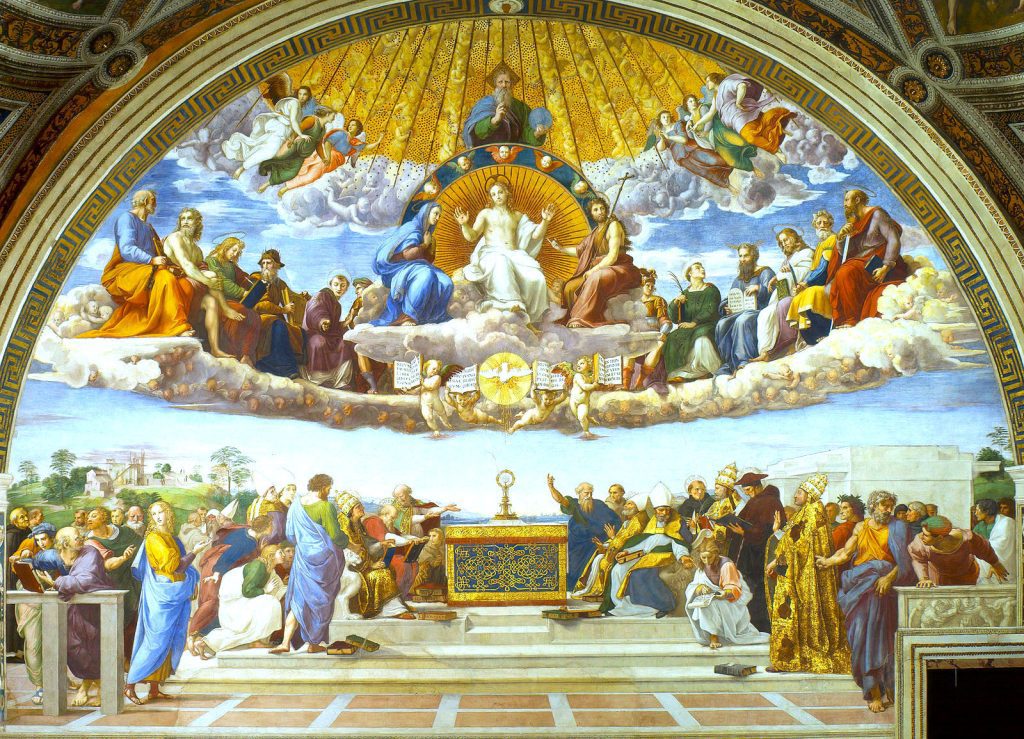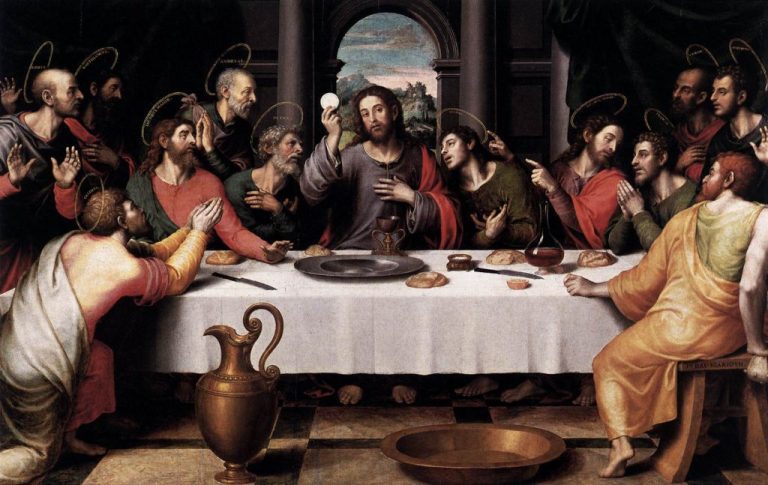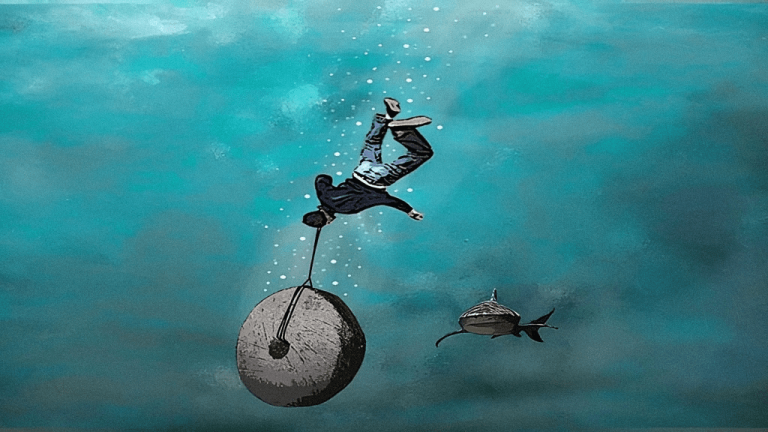Government printing presses are running all over the world. Japan, the United States, and many European nations are printing money as fast as they can.
Doomsayers are predicting collapse, telling us that “Things could get very bad.”
Still, stock markets are up, housing values firm and rising, interest rates are low, commodity prices are in line with historical constants, factory output slightly increased, fish are jumping, and the cotton is high.
So, is there a problem with the economy? Is there something wrong with printing five times more hundred dollar bills in 2013 than were being printed in 2003?
Not if you and I have some of them!
Catholic Fundamentalism thinks printing money is good for this reason: Now, it takes fewer people to provide the necessary goods and services we think we need. Fewer people are involved in producing each BTU of energy. Fewer people are needed to build a house, replace a bridge, or put up a tower.
And, we have not even begun to remove unnecessary people from make-work jobs in education, government services, and policing.
A very simple example: Thirty years ago, it took a man most of a weekend to make himself an Adirondack chair or two. He went to the lumber yard and bought the wood. Then, he drove to the hardware store for the screws and fasteners. The paint store provided primer, stain, paint, sandpaper, and brushes. He returned home, and spent a good part of the weekend sawing, sanding, assembling, and painting.
At a nearby plastics factory, one man makes 400 Adirondack chairs in eight hours. The new, resin Adirondack chairs don’t need to be painted. They stack up for easy storage. They aren’t hurt by sun, rain, or weather. They have curves so they’re more comfortable to sit in.
If one man is making 400 times more chairs in a day than was possible thirty years ago, shouldn’t the government run off some extra hundred dollar bills for the people who would have been making Adirondack chairs but are no longer needed to do so?
All goods and services are being provided with ever fewer labor hours. The most dramatic gains in production in history are taking place. Aside from government distortions, cost are dropping. As we reduce the need for labor, it becomes necessary to print even more money.
This basic formula should be followed: The money supply should be increased proportionately with production, minus all increases in government spending.








